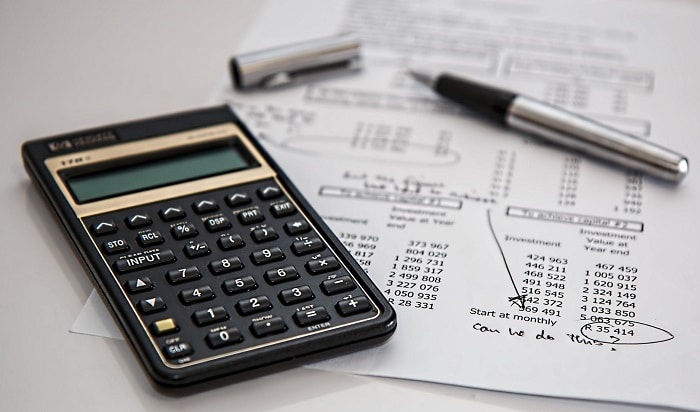Business Income Taxes

Business Income Taxes
Small businesses usually file their business tax returns with their personal returns. M & R Tax Services can help you prepare your business and personal returns.
To help the small business owner, we put together this easy-to-follow tax checklist.
1. Use the correct tax form for your type of business
The IRS form you use depends on how your business is setup. Sole proprietorship, corporation (C or S), single-member LLC, multi-member LLC, and partnership all require different filing forms. But, relax, we know the proper forms to use in for each instance.
2. General information
You will need to provide some basic information, such as your legal name, social security number, and address. You may also have an Employer Identification Number (EIN) for your business and a legal business name.
3. Bring your bookkeeping documents
Keeping proper accounting records throughout the year makes it much easier come tax season.
Whether you outsource your bookkeeping or keep it in-house, bring all of your bookkeeping records to your appointment. These should include profit and loss statements, journal entries that show business expenses, such as travel, lodging, meals, and other legal expenses.
4. Mileage logs
If you use your personal vehicle for business, deducting the standard mileage rate on your tax return is usually more beneficial than deducting your actual vehicle expenses for the year. Of course, you need to track your mileage in order to take the correct deduction.
5. Your interest income
If you have a business savings or checking account, be sure to include any interest accumulated over the taxable year. Instead of adding this income to your Schedule C, it will actually be included in Schedule B, along with any dividends or personal interest.
6. Home office deductions
If you use your home as a business office, there are many deductions you may be eligible for. See Form 8829 for more details. One important thing you will need to know is the square footage of the home office, as well as the square footage of your home. There are two ways of deducting the expenses, the Regular Method or the Simplified Option. We can determine which method is best suited for your business.
7. Assets sold or purchased during the taxable year
If you bought or sold any items related to your business, bring those records with you. This could be the purchase of a new computer, or the selling of an office desk that is no longer needed. To calculate the gain or loss on the sale and depreciation expense for your furniture and equipment, you will need the cost of the asset, the date it was bought or sold, and the proceeds from the sale.
8. Deduct health insurance premiums
If you are self-employed and pay for your own health insurance, you can deduct the premiums you pay for medical, dental, and vision. Your deduction is limited to your net profits from the business. but if you paid more for health insurance than you made from your business, any excess costs could be deductible as itemized medical expenses.
9. Gather any 1099s you have received.
IRS 1099 forms ensure taxpayers are reporting all their income. If you provided any work for a company or individual as a non-employee, you’ll receive a 1099-MISC form.
We don’t normally use form 1099-MISC or form 1099-K to prepare a business tax return, but we review them to make sure our clients are reporting the income seen on the 1099s received.
10. Deduct estimated tax payments.
Many small business owners make estimated income tax payments throughout the tax year. Let us know if you have been making estimated tax payments so we can adjust your return to deduct those income taxes you have already paid. We don’t want you to overpay your taxes.
11. Financial records
The last part of the tax preparation checklist is to gather your financial records.
Here’s a list of some of the most common documents that small business owners should bring to their appointment:
- Income statement
- Last year’s
- business tax return
- Balance sheet
- Bank and credit card statements
- Payroll documents
- Accounting documents
- Asset purchase details
- Depreciation expenses
You can also use business accounting software to generate most of these financial records.
For additional information and questions, contact us. We will be happy to discuss your business tax situation with you.
